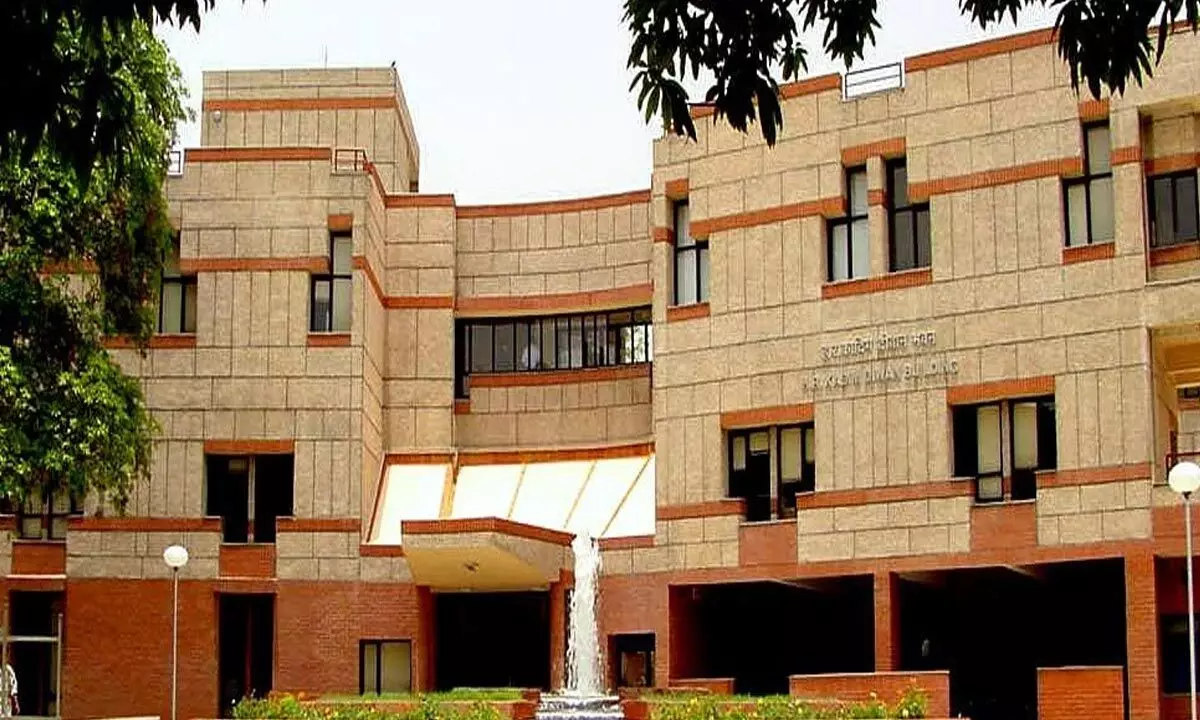IIT Kanpur, Silizium bagged MeitY's grant-in-Aid project for C2S programme

The Indian Institute of Technology (IIT) Kanpur jointly with Silizium Circuits Private Limited has bagged a Rs 5 crore Grant-in-Aid project from the Ministry of Electronics and Information Technology
Kanpur: The Indian Institute of Technology (IIT) Kanpur jointly with Silizium Circuits Private Limited has bagged a Rs 5 crore Grant-in-Aid project from the Ministry of Electronics and Information Technology (MeitY)’s Chips to Startup (C2S) programme for its ground-breaking project,"Radio-frequency (RF) Transceiver SoC (System on Chip) with integrated RISC V core for Sub-GHz Applications".
Prof Abhay Karandikar, Director IIT Kanpur said, “IIT Kanpur has always been fostering innovation, promoting entrepreneurship, and driving technology commercialization and the Chips to Startup (C2S) project is part of this ongoing drive. The project, that aims at the formulation of an SoC supporting all the prominent standards in sub GHz, will drive innovations in the IoT and indoor applications. The development has tremendous market size and will put India in a stronger position with respect to a complex SoC research and development.”
The project duration is 3 years and IIT Kanpur as the nodal agency will be responsible for the developing of significant mixed signal IPs and Silizium Circuits will design the RF Front End and System-On-Chip (SoC) along with commercialization.
Rijin John,Co-founder and CEO Silizium Circuits said “Semiconductor IPs (Intellectual Property) will be the brain of all hardware devices. Such an SoC supporting all prominent standards in sub GHz will drive innovations in the IoT and indoor applications whose revenues are forecast to be around $1.3 trillion by 2030. In addition to the final SoC, the IPs such as ADCs (Analog to Digital Convertors), PLL (Phase Locked Loops) and RF front end will also be developed which can target another$488 billionglobal market. All the low-power applications worldwide in future will require an ultra-low power receiver since it has to be alert to an incoming signal at all times.”
Dr. Arun Ashok, Co-founder and CTOexplains “The developed SoC will have an RF front end capable of transmitting in sub-1GHz UHF frequencies and will be compatible with various standards like LoRa, 802.15.4 WLAN, ZigBee, WiSUN and also supports modulation formats like FSK/ MSK/ 4-FSK/ GFSK/GMSK/ ASK/ FSK/ FM / PSK hence forming the backbone of most of the long, short-range, wide and narrowband communications. Together with the RF front end, the designed SoC will also house an indigenous RISC-V core powered with SHAKTI/VEGA processor enabling support of a multitude of modulation formats for the above-mentioned standards.”
Prof Imon Mondal, Prof Chithra and Prof R. S. Ashwin Kumar from IIT Kanpur and Dr Arun Ashok and Mr. Rijin John from Silizium Circuits are the investigators of this project.The project is backed by the end-user ATWIC R&D which is an innovative establishment focused on developing electronics systems and subsystems.
Prof Imon Mondal, Department of Electrical Engineering, IIT Kanpur said, “This SoC is positioned uniquely to address the needs of several wireless segments and applications such as Sub-GHz WiFi, Narrowband IoT, Electric meters, and Secure wireless Infrastructure, besides being a critical aspect of secure wireless infrastructure.”
The segments described above can be referred to as Internet-of-things or Machine-to-Machine Communication (MMC) where multitude of sensors are communicating with each other wirelessly. The number of such devices in use exceeded 7.6 billion in 2019 and is expected to exceed 24 billion in 2030. Since many form the backbone of several utilities, telecommunication, automotive, consumer and industrial infrastructures, such devices require secure wireless infrastructure and hence are penultimate for national security.
IITKanpur and Silizium Circuits consider this project as a pivotal point in the India’s Semiconductor ambitions. Although Indian engineers contribute significantly to the Microelectronics, most of activities were limited in service sectors. The ecosystem has undergone significant changes with many startups in this field with the support of MEITY R&D grants and DLI scheme.















